Search for information
Exploring Traditional Brazilian Desserts and Preserves: A Culinary Journey Through Flavor and HeritageBrazil's rich culinary tapestry is woven with vibrant flavors and cultural traditions, and its desserts and preserves stand as delicious testaments to the nation’s history and creativity. From sweet spreads to iconic pastries, each dish carries a story rooted in tradition, regional influences, and the art of simple, heartfelt cooking. Here’s a closer look at some beloved Brazilian culinary treasures:
May 19, 2025, 11:29 am EDT
1. Compota
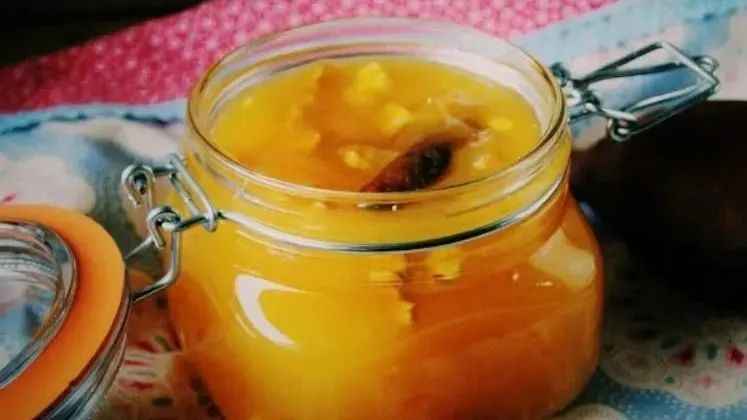
2. Bolo de Rolo
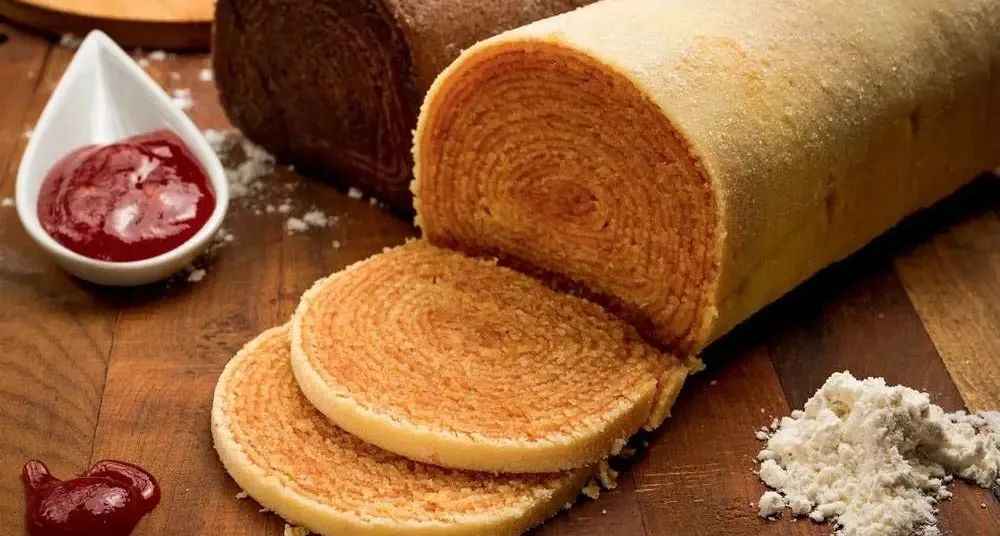
3. Paçoca
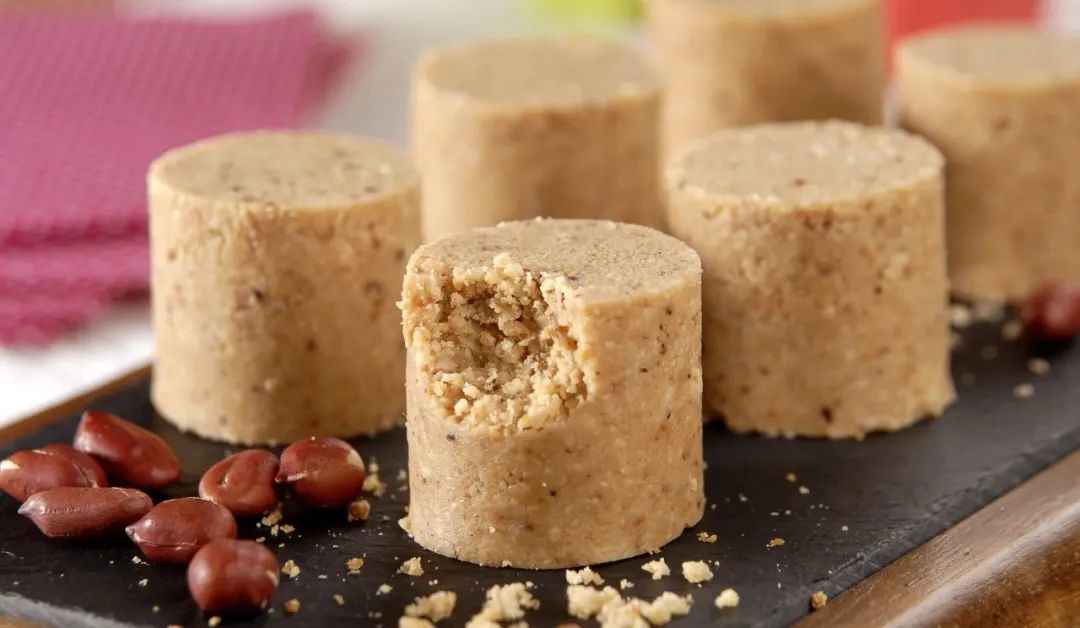
4. Rapadura
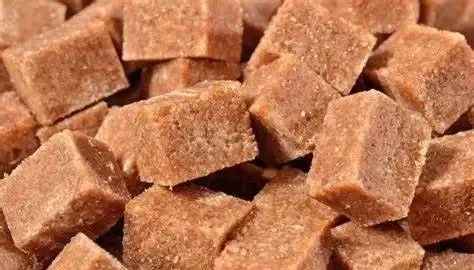

Rent a Country: Liechtenstein Offers Its Throne for Hire
In a rather extraordinary move, Liechtenstein, a tiny yet prosperous principality nestled between Switzerland and Austria, has made an unconventional offer to the world. Since 2011, the country has been available for rent at a price of £40,000 per night. This unique proposition allows individuals to experience a taste of royalty and assume the role of the "temporary king" of Liechtenstein.more

England Sees Record - High Sports Participation
According to the latest Active Lives Adult Survey Report released today, the number of people in England participating in sports and physical activities has reached a record high. The new data shows that between November 2023 and November 2024, 63.7% of the adult population met the Chief Medical Officer's standard of doing 150 minutes or more of moderate - intensity physical activity per week. This means that 30 million adults in England engage in sports or physical activities every week, an increase of more than 2.4 million compared to when the survey was first released in 2016.more

A stellar lineup of international models redefines beauty standards through the lens of artistry!more

Cambodia's Intangible Cultural Heritages on UNESCO Lists
Cambodia's Intangible Cultural Heritages on UNESCO Listsmore
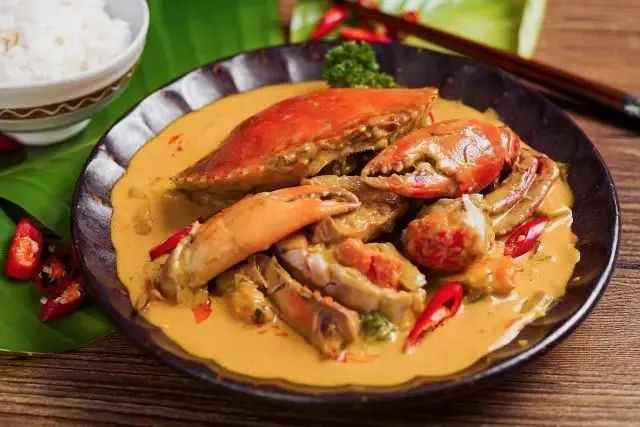
Tom Yum Kung Soup, also known as Tom Yam Soup or Dong Yan Soup, is a famous Thai soup, a typical Thai dish, and one of the world's top ten soups. In Thai, "Tom Yum" means sour and spicy, and "Kung" means shrimp, so it is a sour and spicy shrimp soup. This soup is characterized by the use of unique Thai ingredients such as lemon leaves,more

Israel: A Technological Dynamo in Semiconductors, Agriculture, and Defense
Despite its small size, Israel has emerged as a global technological powerhouse, particularly excelling in the semiconductor industry, agricultural technology, and defense science. These sectors not only underpin its economic growth but also have far - reaching global impacts.more

Canada has long been known as the “Land of 10,000 Taxes,” so how much of our lives are taxes?
Canada has long been known as the “Land of 10,000 Taxes,” so how much of our lives are taxes?more


